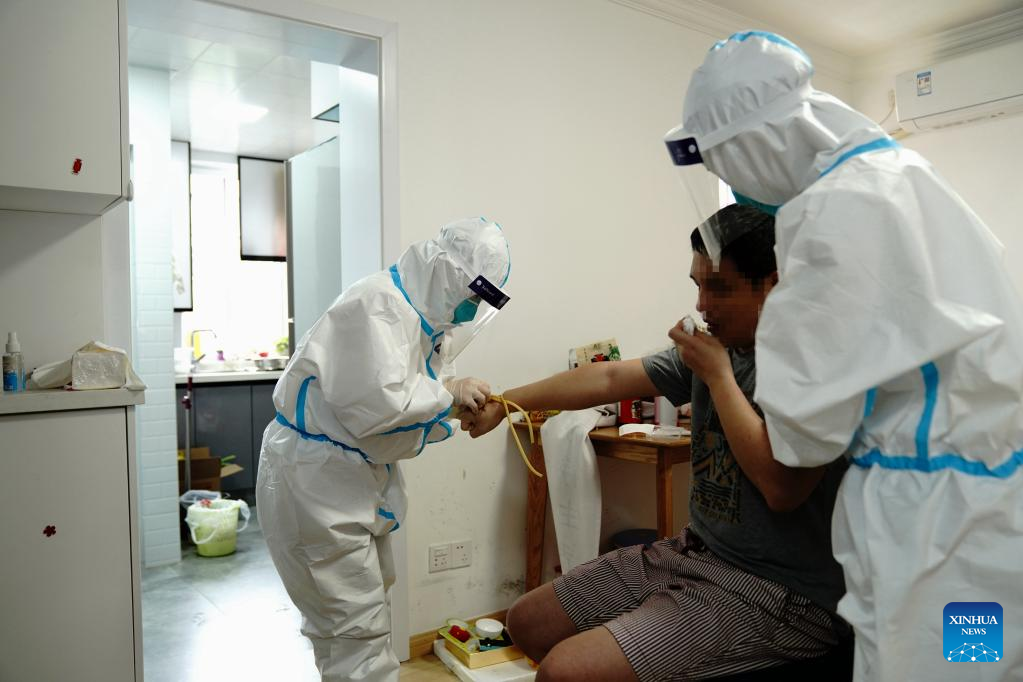Shanghai stands resolute on COVID-19 strategy

Limited resources

Ma Xiaowei, minister of the National Health Commission, said in a signed article on April 18 that China's medical resources are insufficient in general and could collapse if the virus runs rampant.
Data from the commission show there were 2.9 doctors and 3.34 nurses per 1,000 people in 2020, lagging behind a number of developed countries, including Australia, which had 3.8 doctors and 12 nurses per 1,000 people.
Du Bin, vice-president of Peking Union Medical College Hospital and a critical care specialist, said in a study published in June that China only had 3.6 intensive care unit beds per 100,000 people, compared with 34.7 such beds in the United States and 29.2 in Germany.
"There was a large gap between critical care delivery and demand," he said in the co-authored article, adding that the lack of professional critical care health workers further strained capacity.
Shanghai, which is home to renowned hospitals and top medical professionals, has had to seek help from outside amid the current outbreak.
Jiao Yahui, head of the National Health Commission's medical administration bureau, said that as of April 4, more than 38,000 medical workers from 15 provincial-level regions had been sent to the city to help fight the virus.
In a sign of the increasing pressure on designated hospitals, the city announced last week that 6,700 beds in makeshift facilities initially designed to receive asymptomatic or mild cases would be upgraded to accommodate patients with moderate symptoms of COVID-19.
Liang Wanxian, an expert with the commission's virus response task force, said on Friday that relaxing COVID-19 control at present would trigger a "vicious circle". The surging number of severe cases could collapse the medical system and lead to cross-infection among health workers, hampering the provision of other medical services.
























